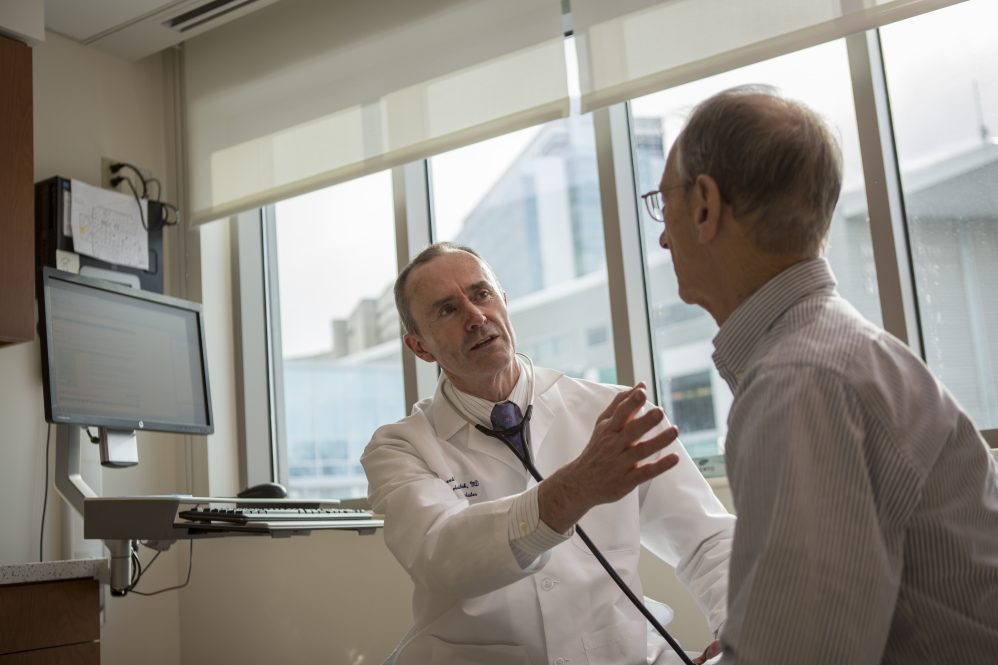While medical visits that address disease prevention and health and wellness promotion are an important part of medical care for older adults, when Medicare was introduced in 1965, it did not address this important component of health care. Medicare took an important step to correct this deficit when it initiated Medicare annual wellness visits (AWV) ten years ago.
AWV’s emphasis on disease prevention and health promotion for older adults was a huge step forward, however, the current “one size fits all” approach does not adequately meet the wellness needs of a diverse population of older adults.
In their recent special article in the Journal of the American Geriatrics Society, Dr. Patrick P Coll, medical director for Senior Health and associate director for Clinical Geriatrics, UConn Center on Aging at UConn Health, and Dr. John A. Batsis, associate professor in the Division of Geriatric Medicine, School of Medicine at the University of North Carolina at Chapel Hill, and their colleagues reviewed the need to redesign AWV’s in order to optimally identify issues that are important to each individual patient.
“As a geriatrics care provider, I have learned a lot about why some of my patients are healthier and more independent than others. I know that the wellness goals of my patients are very different depending on their age, health, family support, current function, and socioeconomic status,” says Coll. “Medicare’s no cost annual wellness visit is an opportunity for me to work with my patients and come up with a wellness plan that is right for them. Unfortunately because of its one size fits all approach, the current Medicare AWV does not help me address the wellness needs of all my patients.”
More than 60 million Americans are eligible for the Medicare AWV at no cost. These visits are an opportunity for primary care providers and their older patients to work together on a wellness plan that promotes good health and functional independence.
“We strive to work collaboratively with patients to achieve their goals. The current structure of the AWV is likely most helpful in community-dwelling older adults who are at lower risk of functional decline and who may have longer periods of disability-free illnesses. Yet we know that health promotion and prevention measures can be offered across various stages of the aging process, and importantly they differ based on age, function, and socioeconomic status,” says Batsis. “We believe this is a missed opportunity to use the Medicare AWV in a manner to optimize quality of life and physical function among the millions of older adults in the United States.“
“Unfortunately, the current AWV does not recognize that the wellness goals of a fit and healthy 65-year-old may be very different from the wellness goals of a 95-year-old with complex medical problems and associated disability,” says Coll.
Many older Americans have never heard of and never receive a no cost Medicare AWV. In fact, this is often confused as an annual physical whose goals often differ. Many primary care providers struggle to fit these types of visits into a busy work schedule and may not feel that the current AWV helps them promote wellness goals for all their older patients.
Coll, Batsis, and their colleagues in this special report would like to see Medicare and other national organizations work with primary care providers and those that represent the views and needs of older adults to update AWV, so that they better meet the wellness needs of all older Americans.



